Riding shotgun in Hyundai’s autonomous car
Jack Evans has travelled to South Korea to try out Hyundai’s autonomous car at the company’s site in Namyang
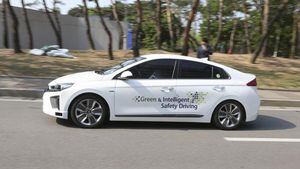
You’ve probably heard a lot of autonomous chatter of late. The technology is being implemented in many current road cars – from active lane assist systems that save you from drifting on the motorway to autonomous emergency braking that can detect a potential collision – these systems are being used in more ways than you’d expect.
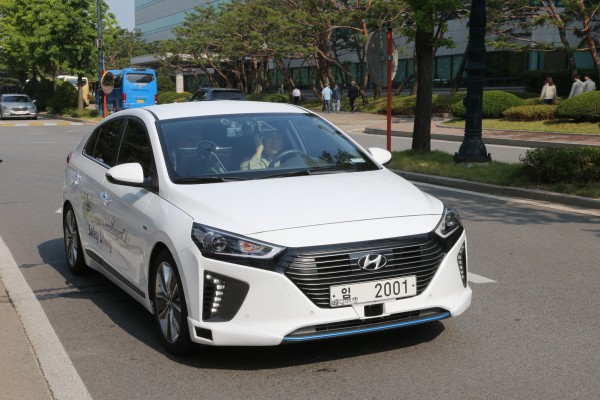
We headed to Hyundai’s R&D centre in Namyang, South Korea, to ‘drive’ its latest autonomous car – packing Level 3 technology. For context, Level 3 means that cars can monitor the driving environment surrounding them and decide on certain elements accordingly. For example, the car is able to see potential hazards, such as a slow-moving vehicle or pedestrians crossing the road. However, the human driver still needs to be on hand in case things get too difficult.
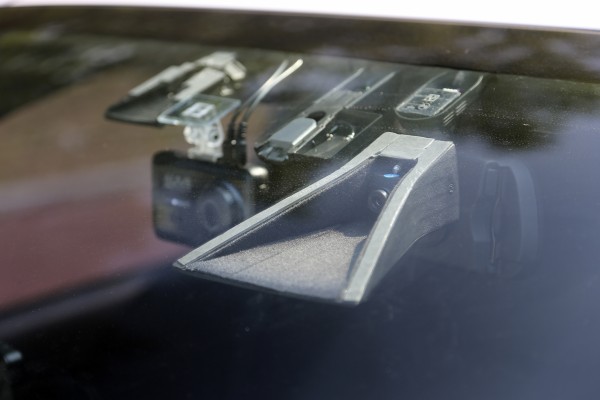
The stages rise to Level 5, which represents full autonomy. In this set-up, a car would be able to drive itself without any need for human intervention – there wouldn’t be any reason to fit a steering wheel to Level 5 cars. This technology, however, is still some way off – though many companies, including Hyundai, are working hard to achieve it. There are some 13,000 staff working at Namyang, all working towards a technologically advanced future, and autonomous technology plays a big part in it.
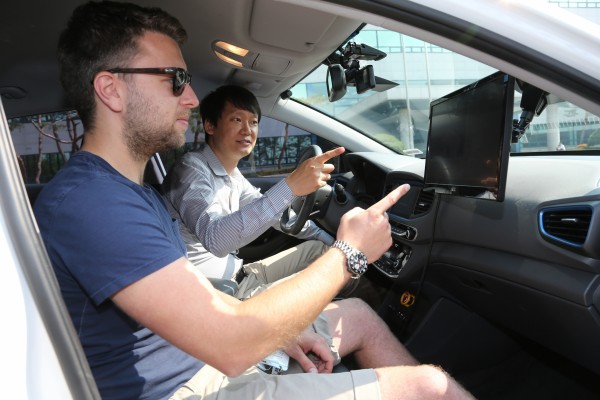
Back to Level 3, though. The car utilising this technology is an Ioniq, Hyundai’s latest three-powertrain compact vehicle. This particular Ioniq is using all-electric technology, meaning that as well as the lack of driver input it accelerates and decelerates with eerie quietness. In front of the passenger seat is a large screen, representing what the car is ‘seeing’. This virtual view of the road shows cars, pedestrians and lanes and gives a clear insight into how the technology is working.
The majority of this technology is developed by Hyundai for Hyundai. Whereas other manufacturers partner up with tech companies, the South Korean firm has chosen to go it alone – and the technician in our car claimed that 90 per cent of the systems in the autonomous Ioniq were developed by Hyundai. He was sat at the wheel of the car – just in case the technology couldn’t handle a certain situation.
He also admitted, however, that though the autonomous technology can deal with rain, it has struggled with snow. This is down to the road markings being covered up, and therefore taking away the system’s reference points.
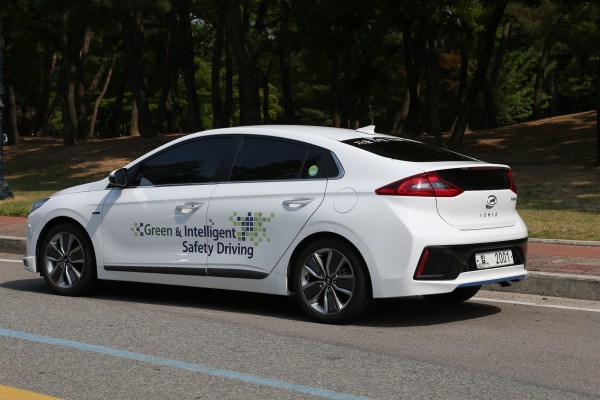
Though the car’s route was pre-programmed, it took in one of the busiest sections of the entire research site, replicating an urban environment. Despite having to deal with trucks, junctions and errant pedestrians, the system worked seamlessly – though it did feel rather tentative to move at times. However, those pedestrians did give us an opportunity to see how the car dealt with unscheduled events, and all of those crossing the road were flagged as ‘red’ on the car’s screen, showing their importance.
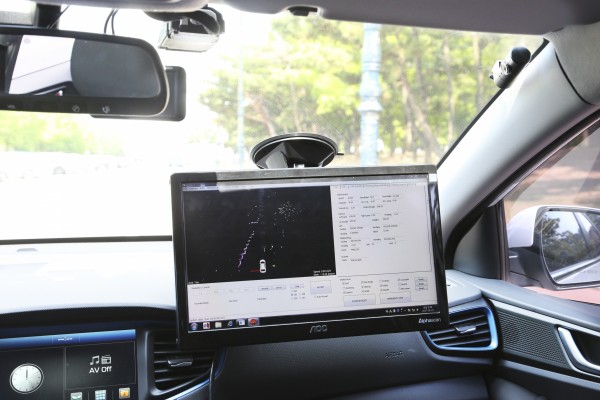
It was even able to indicate and turn by itself, managing each manoeuvre with little fuss. It could slow down for speed bumps, too, making sure not to crash over them with too much speed.
There’s no word as to when this technology will be commercially available, though it has been tested extensive at Hyundai’s research centre and on the country roads surrounding it. However, as can be seen from this short test route, the technology isn’t far from being public road-ready.





